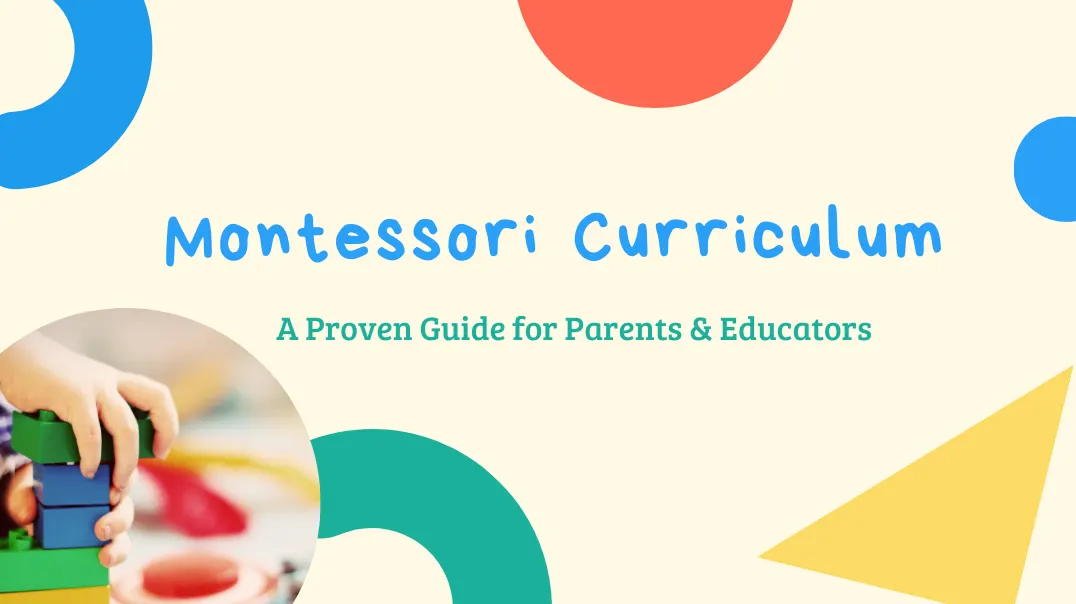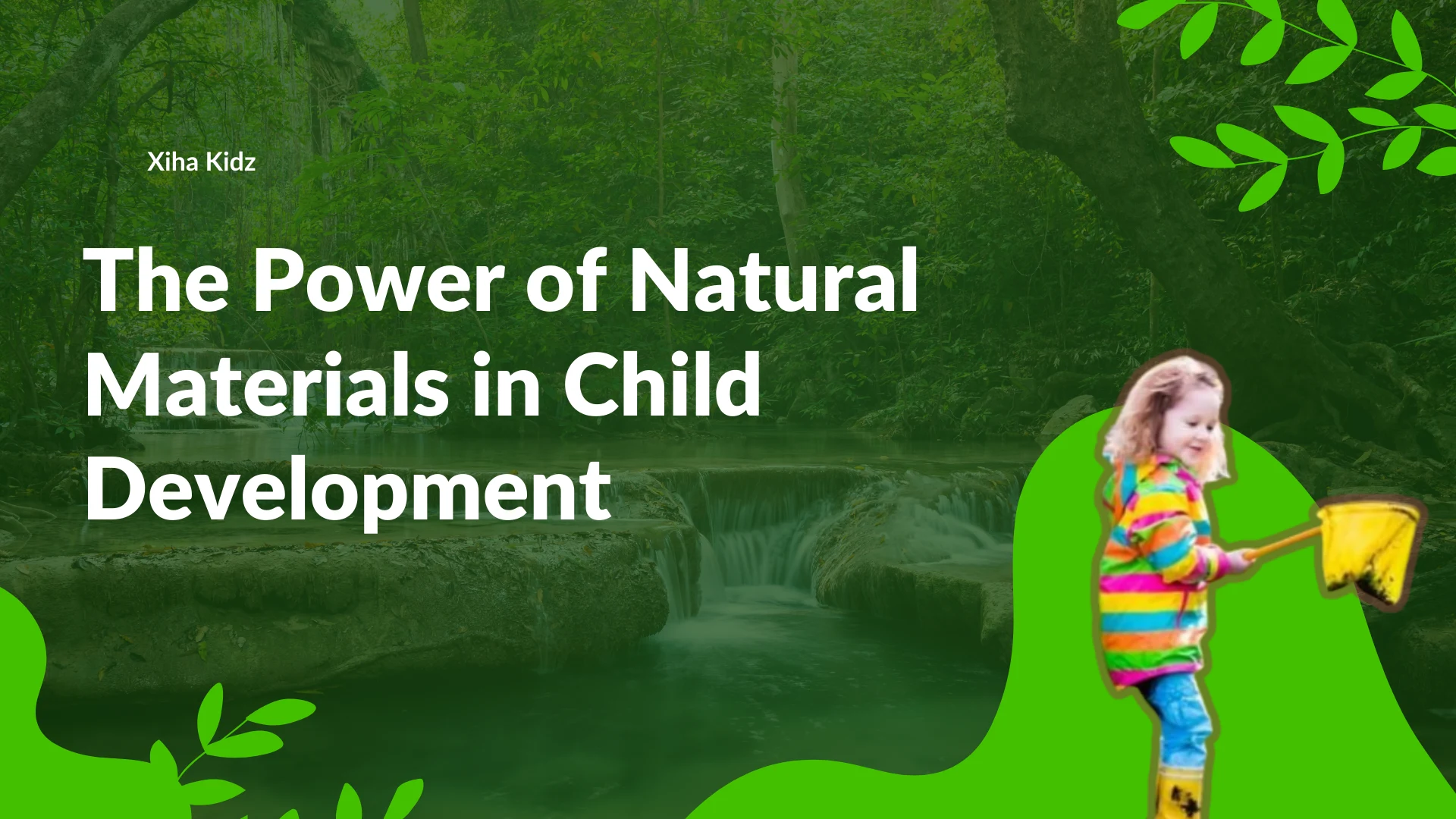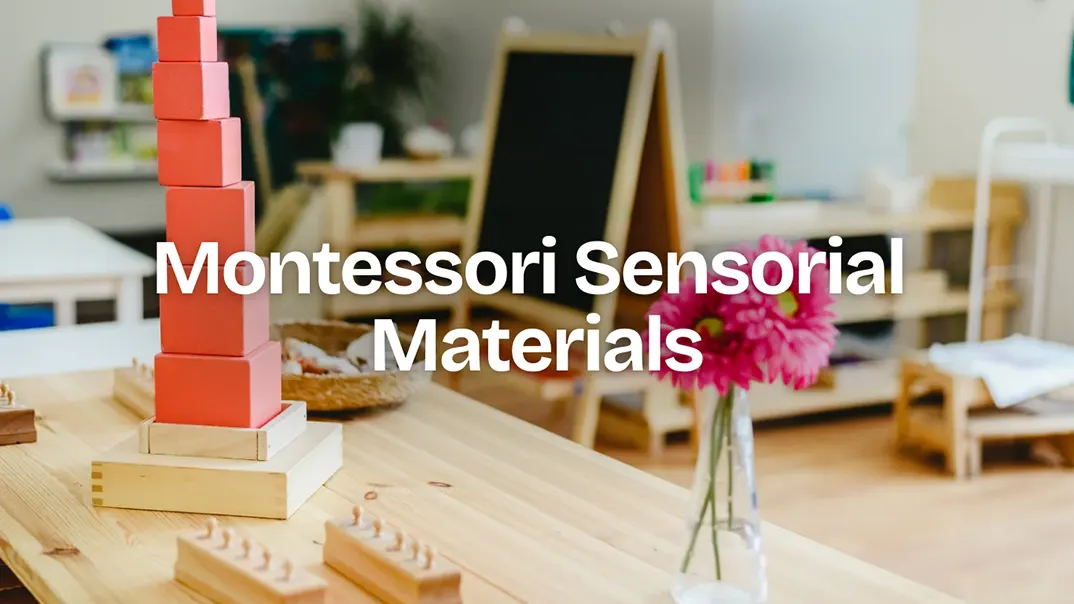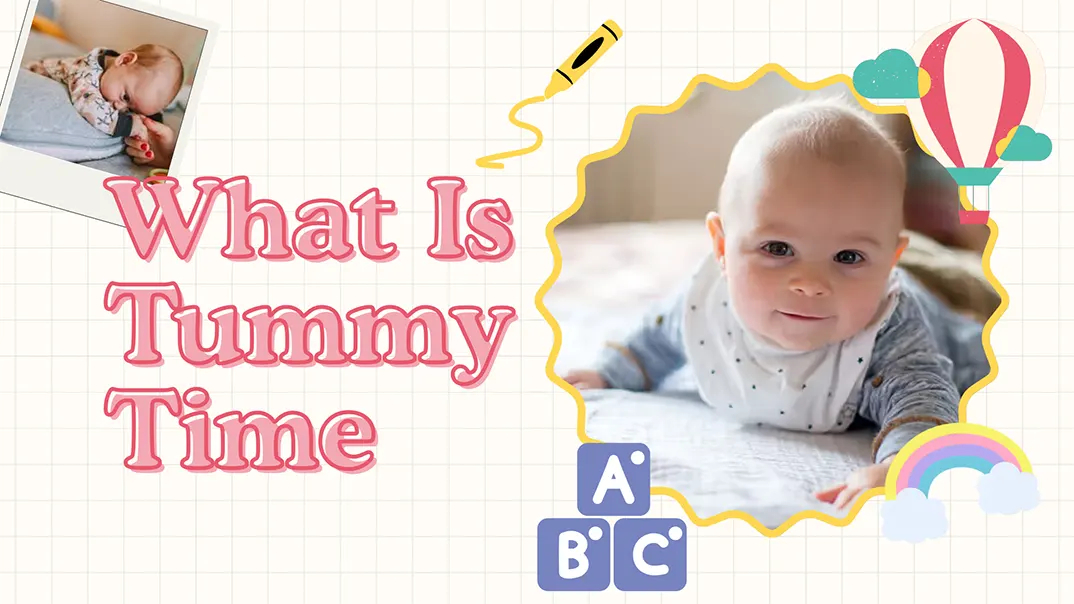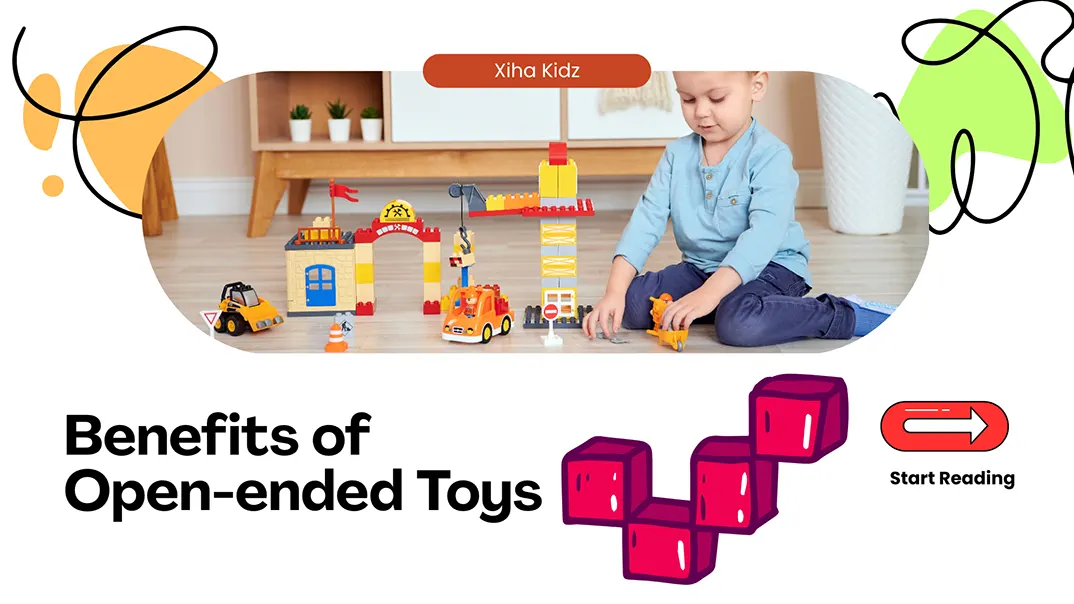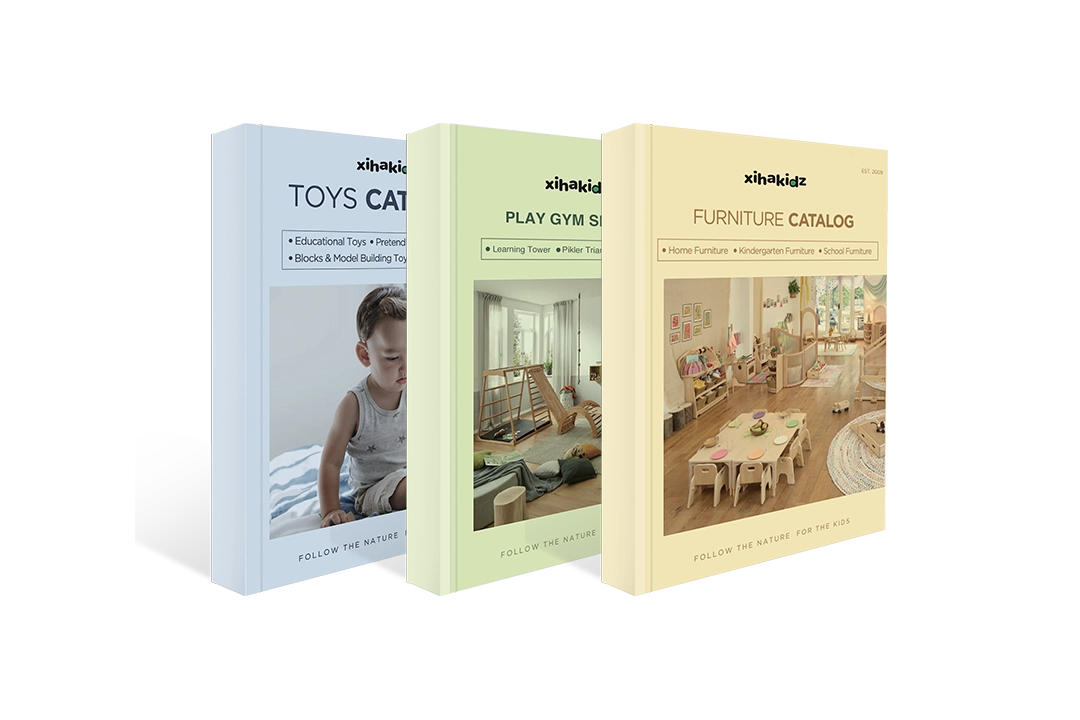Many parents and educators worry that traditional classroom methods can limit a child’s natural curiosity. Rote memorization and rigid schedules often leave little room for creativity, independence, or meaningful exploration. As a result, children may struggle to stay engaged and motivated in their learning journey.
The Montessori curriculum offers a different path. Built on principles of hands-on exploration, individualized pacing, and respect for each child’s developmental stage, it nurtures both academic skills and life-long learning habits. Instead of a one-size-fits-all approach, Montessori encourages children to follow their interests while developing independence, focus, and responsibility.
As an early childhood educator, I’ll detail every aspect of the Montessori curriculum, from its core concepts and areas of learning to implementation techniques. This step-by-step guide will give you the clarity, confidence, and tools to support your child in reaching their full potential.

What is the Montessori Curriculum?
The Montessori curriculum is a comprehensive educational approach based on the developmental needs of children. Founded by Dr Maria Montessori, this educational philosophy and method is grounded in scientific observation, a deep respect for children, and a belief in independent learning within a carefully prepared environment.
Unlike traditional education systems centered around fixed curricula and standardized testing, the Montessori curriculum is flexible and adaptable, adapting to a student’s individual learning pace. It emphasizes hands-on experience, freedom within boundaries, and learning driven by curiosity and exploration rather than external pressure.
Core principle: Children learn best when they are allowed to choose their work, engage with it deeply, and repeat it until mastery is achieved.
From a compliance perspective, the Montessori curriculum has been validated through decades of observational research, peer-reviewed studies, and cross-cultural comparisons of educational outcomes. Children who receive a Montessori education consistently demonstrate higher levels of executive functioning, social-emotional regulation, and academic achievement compared to their traditionally schooled peers.
Transformez votre salle de classe avec des solutions de mobilier personnalisées
Montessori Curriculum Areas
The Montessori curriculum consists of five core subject areas, each interconnected yet tailored to foster a child’s natural developmental instincts. Below is a breakdown of these domains:
Practical Life
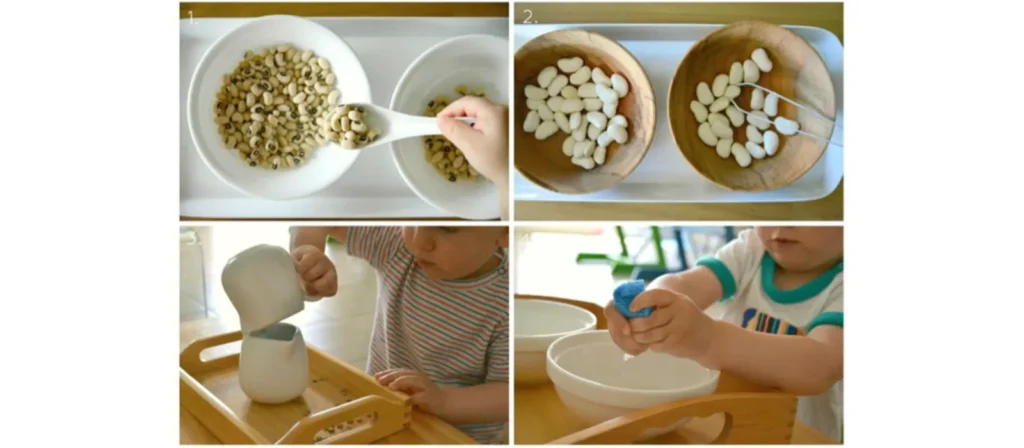
Practical Life activities are the foundation of the Montessori environment. These tasks mirror everyday life and are designed to help children develop coordination, concentration, independence, and a sense of order.
Children practice:
- Pouring, spooning, sweeping
- Buttoning, zipping, tying
- Washing dishes, setting tables
- Grace and courtesy lessons
These activities may seem simple, but they cultivate essential executive function skills. Montessori educators regard this area as the bridge between the home and the classroom. By engaging in purposeful tasks, children gain confidence in their ability to care for themselves and their environment.
Sensory

Sensory education helps children develop their five senses through structured, hands-on experiences. The practical materials help children refine and categorize their perceptions, such as sight, hearing, smell, touch, and taste.
- Size and dimension
- Texture and temperature
- Sound intensity and pitch
- Colors, shapes, and patterns
Montessori believed that the hands are the tools of thought. Therefore, sensory areas help children gain a concrete understanding of physical properties, fostering abstract thinking skills. This preparation is crucial for math, science, and logical reasoning.
Mathematics
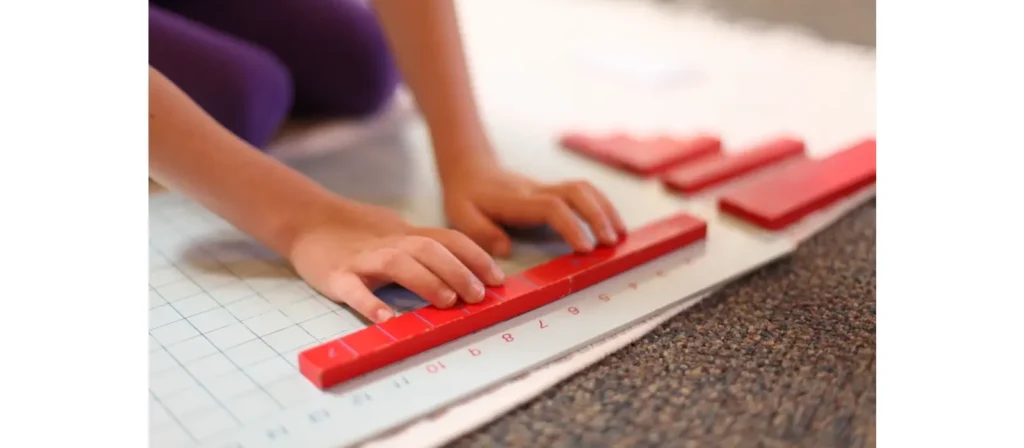
Montessori math materials make abstract concepts tangible. From the beginning, children learn about numbers through tactile experiences using materials like number sticks and gold beads. These tools help children understand the decimal system through physical manipulation before moving on to arithmetic operations.
This approach ensures that math is understood, not memorized. Children internalize the concepts of quantity, value, and operations before expressing them symbolically. The goal is not to rush through the grades, but to ensure they thoroughly master each concept.
Language

Montessori language instruction is a multi-layered, phonetic, and immersive experience. It begins with oral language development, phonological awareness, and vocabulary expansion through storytelling, singing, dialogue, and categorized picture cards.
The progression includes:
- Sound games and phonemic awareness
- Moveable alphabet to build words
- Reading command cards
- Grammar symbols and sentence analysis
In bilingual or multilingual classrooms, the Méthode Montessori naturally supports language acquisition through immersive, hands-on experiences.
Cultural Studies
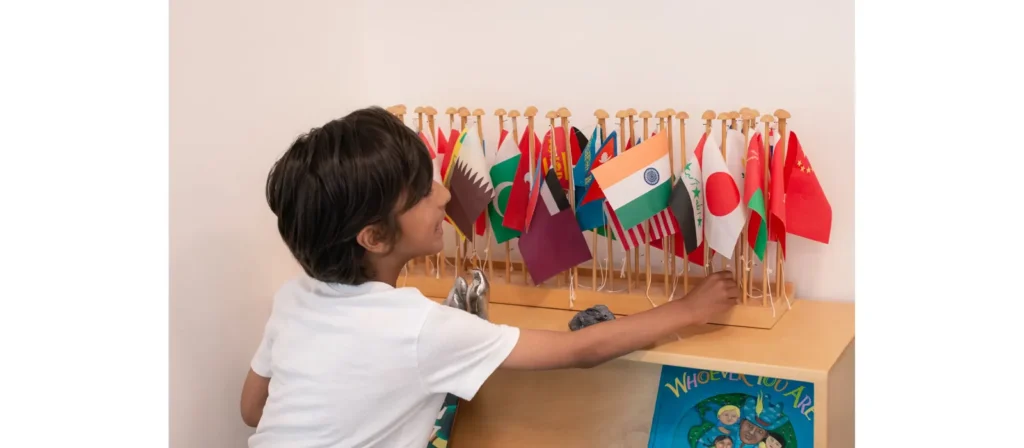
The cultural area covers geography, history, biology, zoology, botany, science, art, and music. It introduces children to the vastness of the world and emphasizes interconnectedness, diversity, and peace education.
Children can learn about different cultures:
- Continents, countries, flags
- Zoology, botany, physical science
- Historical timelines and calendars
- Art from various cultures
- Ecosystems, life cycles
By integrating cultural subjects into daily learning, Montessori education encourages children to appreciate diversity and understand their role in a global society.
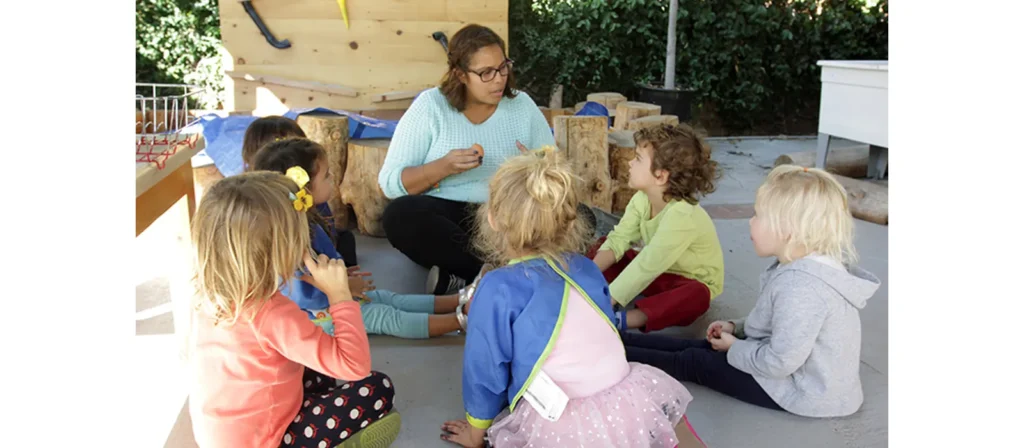
Montessori Curriculum for Different Ages
The Montessori curriculum is age-specific, aligned with four major planes of development. Each phase emphasizes different educational goals and approaches while maintaining the core principles of freedom within limits, respect for the child, and learning through doing.
Montessori Infant Curriculum (0-3 years)
This stage focuses on trust, motor development, and language development. Children explore the world through sensory input and require consistency, emotional security, and a rich environment that fosters motor skills and independence.
Activities include object permanence boxes, nesting toys, language cards, and daily activities such as dressing or feeding children using child-sized tools. The educator plays a more observer role, ensuring safety and providing materials when the child shows readiness.
The emphasis here is on forming attachments, building physical coordination, and beginning to understand social interactions through modeling.
Montessori Toddler Curriculum (3–6 years)
This is the most fundamental period of Montessori education. Children enter the Casa dei Bambini classroom. During this period, they enter a sensitive period of development in order, language, motor skills, and sensory refinement. The curriculum places a strong emphasis on hands-on activities and sensory activities.
The environment prepares for independent exploration, and the teacher transitions from a traditional guide to a nuanced, nuanced facilitator. Children independently choose their own tasks, developing executive function skills, internal discipline, and intrinsic motivation.
Montessori Elementary Curriculum (6–12 Years)
During this stage, children move from sensory reasoning to abstract reasoning. They now seek to understand the “why” and “how” behind everything. The Montessori curriculum introduces the “Big Lesson”—a grand narrative about the universe, life on Earth, language, mathematics, and civilization.
Children are encouraged to engage in research projects and collaborative learning. Teachers act as facilitators, helping students make connections and delve deeper into the subject.
Thematic, project-based learning emerges here, incorporating:
- Biology, geology, astronomy
- Advanced math and grammar
- Historical timelines
- Ethical discussions and moral reasoning
Montessori Middle School Curriculum (12–18 Years)
The Montessori curriculum focuses on adolescents’ identity development, sense of belonging, and real-world experience. It integrates academic study with practical life experiences, including microeconomic projects, internships, and community service.
This final stage of student development involves in-depth study of academic subjects, combined with practical application. It helps adolescents transform from dependent learners into competent, empathetic, and self-aware adults.
This stage focuses on:
- Critical thinking
- Identity formation
- Leadership and collaboration
- Emotional intelligence and ethical reflection
Transformez votre salle de classe avec des solutions de mobilier personnalisées
Benefits of the Montessori Curriculum
The Montessori curriculum offers tangible and profound benefits, validated by both anecdotal evidence and scientific research.
1. Fosters Independent Thinkers
Students are encouraged to make choices, solve problems, and take responsibility for their learning. This builds resilience, independence, and executive function.
2. Encourages Deep Learning Over Memorization
By emphasizing understanding before repetition, Montessori students retain concepts more deeply and long-term.
3. Supports Social-Emotional Development
Mixed-age classrooms foster mentoring, empathy, and conflict resolution skills. Children learn to collaborate, lead, and follow.
4. Builds Intrinsic Motivation
There are no grades, gold stars, or punishments. Instead, children are driven by curiosity and a love of mastery.
5. Individualized Learning
One of the greatest strengths of the Montessori curriculum is its adaptability to each child’s pace and learning style. In a traditional setting, children are often expected to conform to a one-size-fits-all model. Montessori turns this model upside down by tailoring lessons and activities to where the child is developmentally.
6. Improves Academic Outcomes
Several studies, including one from the University of Virginia and others, have shown that Montessori students tend to outperform their peers in math, literacy, and social skills by third grade.

Montessori Curriculum Helps You Create a Great Classroom Environment
One of the most misunderstood aspects of Montessori education is the role of the environment. In truth, the environment is the curriculum. Everything from furniture layout to the types of materials available serves a pe
1. The Prepared Environment
Montessori classrooms are carefully curated to reflect order, beauty, and accessibility. Each item has a place, and every space has a purpose. Materials are arranged from simple to complex, left to right, mirroring the natural progression of thought and action.
This physical structure communicates trust and respect to the child. It says: “You are capable. You are safe here. You can succeed.”
Key elements include:
- Child-sized furniture and tools
- Open shelves with limited, purposeful materials
- Natural lighting and calm color palettes
- Spaces for individual, partner, and group work
2. The Role of the Educator
In a Montessori classroom, the teacher is an observer and guide, not the center of attention. They observe each child’s development closely, noting interests and readiness before introducing new lessons.
They respect the child’s rhythm, stepping in when support is needed and stepping back to allow for independence. This professional restraint is not passive—it’s a mastery of timing and presence rooted in deep pedagogical knowledge.
To be effective, educators must undergo specialized Montessori training, often certified by AMI or AMS, which includes both theory and supervised practice with Montessori materials.
3. Classroom Management Without Punishment
Montessori environments rely on natural consequences and self-governance, rather than extrinsic rewards or punishment. Children learn to manage themselves through:
- Clear boundaries and expectations
- Freedom within limits
- Conflict resolution practices
- Peace corners or reflection spaces
Discipline is viewed not as enforcement but as internal growth, guiding children toward understanding how their actions impact others.
Transformez votre salle de classe avec des solutions de mobilier personnalisées
FAQ
- Is Montessori suitable for children with learning differences?
Yes. The Montessori method is highly adaptable and has been successfully implemented with children who have ADHD, autism, dyslexia, and other learning variations. Its individualized pace and multi-sensory approach offer inclusive pathways to learning. - How is progress measured in Montessori without tests?
Montessori educators use observational assessments, detailed progress records, and student portfolios. Progress is evaluated based on mastery, not competition, which offers a more accurate and holistic picture of the child’s growth.
Conclusion
Understanding the Montessori Curriculum Explained is more than just grasping an educational method—it’s about embracing a way of seeing children, learning, and human development.
Whether you are a parent exploring educational options, a teacher transitioning to a Montessori school, or a school leader designing a child-centered program, the Montessori curriculum provides a blueprint for excellence. It is a living, evolving framework that honors the individual, nurtures potential, and prepares students not just for school—but for life.
In a world increasingly marked by complexity and change, Montessori offers a grounded, humane, and effective model of education that aligns with what research tells us about how children learn best.

